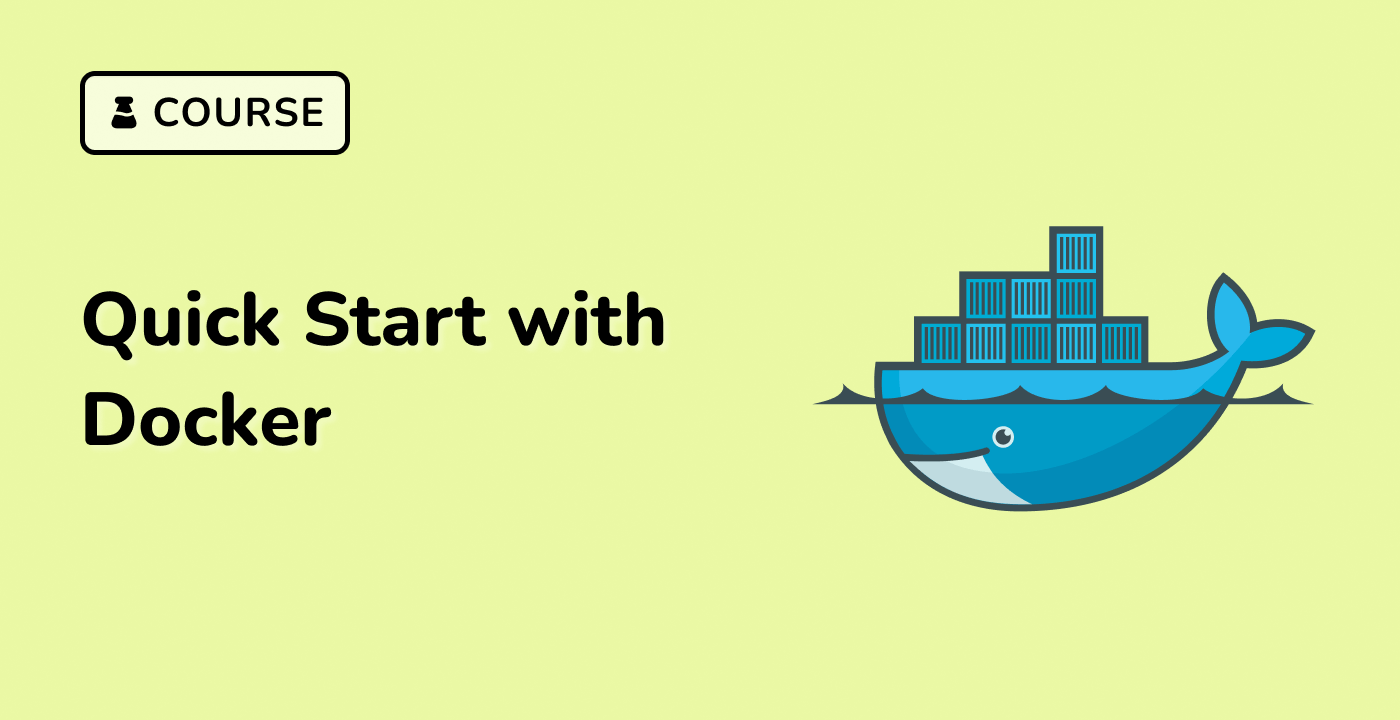Docker Swarm Basics
Introduction to Docker Swarm
Docker Swarm is a native clustering and orchestration solution for Docker containers. It enables developers to create and manage a cluster of Docker nodes, transforming multiple physical or virtual machines into a single, powerful virtual system for container deployment and management.
Key Concepts of Docker Swarm
Docker Swarm introduces several critical concepts for container orchestration:
| Concept |
Description |
| Swarm Mode |
Native clustering mode for Docker |
| Manager Node |
Controls and manages the swarm cluster |
| Worker Node |
Executes container workloads |
| Service |
Defines the containerized application to be deployed |
Architecture Overview
graph TD
A[Manager Node] --> B[Worker Node 1]
A --> C[Worker Node 2]
A --> D[Worker Node 3]
Initializing Swarm Cluster
To start a Docker Swarm cluster, use the following commands on Ubuntu 22.04:
## Install Docker
sudo apt-get update
sudo apt-get install docker.io
## Initialize Swarm mode
docker swarm init
## Check cluster status
docker info | grep Swarm
Node Management
Joining nodes to the swarm requires a join token generated by the manager:
## On manager node: Generate join token
docker swarm join-token worker
## On worker node: Join the swarm
docker swarm join --token <token> <manager-ip>:2377
Service Deployment Basics
Create and deploy a simple service across the swarm:
## Deploy a replicated nginx service
docker service create --replicas 3 --name web nginx
This command creates three identical nginx container instances distributed across the swarm cluster, demonstrating Docker Swarm's core container orchestration capabilities.




